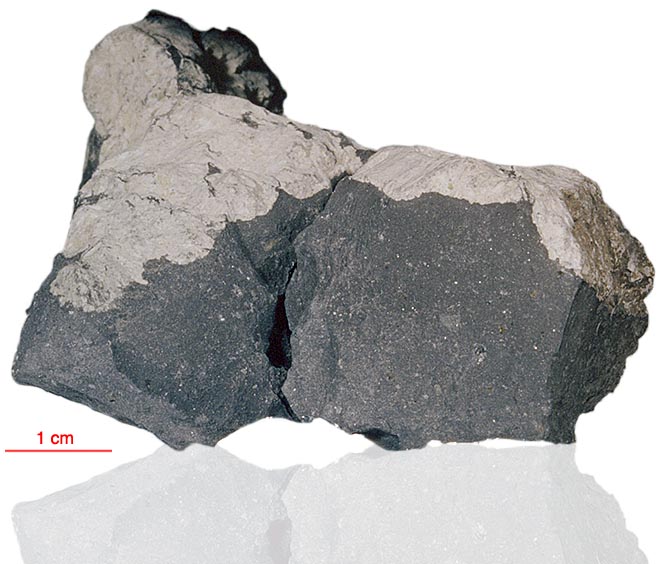
Fact sheet
77075 was sampled from one of the dark dykes within a large, off-white “noritic” clast. The dyke is about 3 cm thick, and has portions of the white clast attached on both sides. The holocrystalline matrix is a fine-grained intergrowth of sub-ophitic plagioclase and pyroxene, with minor olivine and ilmenite. A few percent mineral and lithic clasts are also present.
The sample weighed 172.4 grams before analysis and has been dated at 3.98±0.03 billion years (Ar/Ar).
Further details of this and other Apollo samples are here: http://curator.jsc.nasa.gov/lunar/
Apollo 17, the final manned landing mission, had two objectives: to obtain samples of ancient rocks from the lunar highlands and to look for evidence of younger volcanic activity on the valley floor.
This small Collection contains material deriving from both periods, including igneous rocks around 4.3 billion years old from the lunar highlands as well as younger volcanic samples dating from about 3.6 billion years ago.
Apollo 17 was launched on 7 December 1972.






